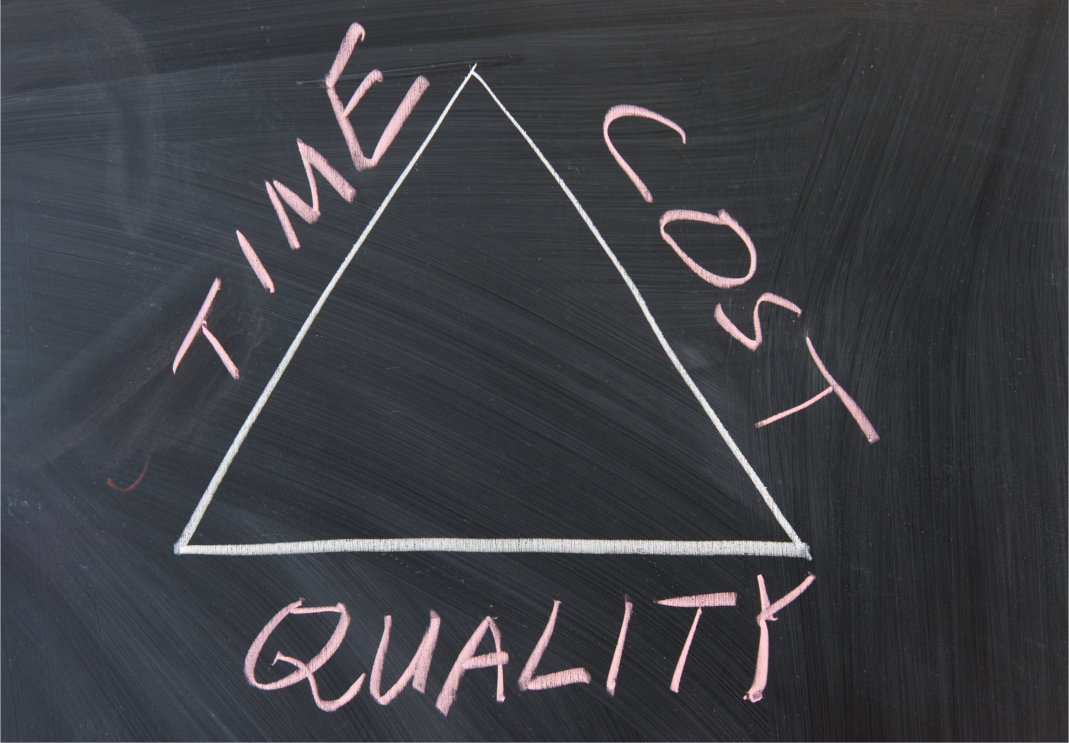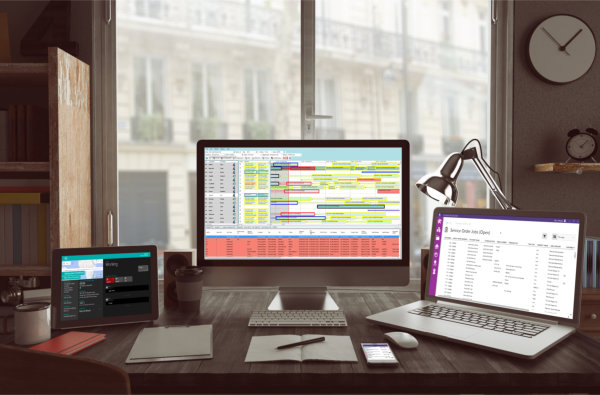Managing a field workforce is easy when you have the right tools.
Managing a field workforce is easy when you have the right tools. There is one distinct facet about managing a field workforce that fundamentally...
A ready-made field service management system suitable for various workflows.
A 'No-code' Application Platform enabling custom applications or hybrid solutions.
Expertise to help accelerate your project and get the most from it.
3 min read
Carrissa Etches : Nov 24, 2017 9:58:00 AM

This is a question that Field Service Managers ask us all the time and there certainly isn’t a simple answer. What is crucial however, is the co-ordination and usage of key data related to field service. Some data is relatively static and some data is quite the opposite i.e. it’s live and very, very recent.

Many field service operations solve this problem by having very experienced dispatchers working to make ‘manual’ decisions. But even in this scenario, it’s a very difficult task and deceptively complex.
To answer the question, “How to use technology to get the right field service personnel to the right customer at the right time?” you need a field service software that can take in either all or a subset of the following:
Pretty obvious, but this isn’t always easy to translate into ‘computer format’. Often, we find that not all businesses even classify their employee skills in a coherent way.
Here, you need to define how far you want your field service personnel to travel. Naturally, it doesn’t make sense to send any expensive field staff member travelling to far off places, or even any extra distance than necessary.
This is usually “what’s in the van stock” but this is often a tricky question. Most field service businesses use a wide range of parts and knowing who’s got what simply requires real-time stock tracking information.
Some sites require security clearance and some require gender specific personnel to attend. So, simply require the knowledge in the head of the last person who visited site.
If you work to service levels, contractually agreed, these are often different for each service level and sometimes specific for a contract itself (hey, which salesman did that then?). You certainly need to know when your field engineer/technician should depart, in time for them to complete the work, which perhaps is a contractual time for completion or fix.
Ah, this is easy… isn’t it? Well, no. Yes, you may have all the addresses on a map, but how long does it take for someone to travel from home to a site, picking a part on the way? And what about the impact of the “rush hour”?
We often see businesses that have large “spikes” of demand, at certain times of the day/week. How do you NOT over commit to work in an area, at a specific time frame, for work that you don’t know about yet? (that’s a really tricky one).
All of the above has to be considered at one time. And if you are dealing with customers live (online or on phone), you need a decision in seconds to avoid customer frustration.
To consider all this information at the decision-making point requires some key technologies:
A service-capable ERP solution that is aware of field service related data. Those skills, the people, the service contracts etc. all need to be held in a coherent way. And some of this information may indeed be coming from other integrations.
Mobile applications that feed into the above ERP in real-time. You need a mobile app that lets the system know that someone has just used part XYZ. Or is running late. Or isn’t travelling as fast as you thought.
A scheduling engine that is aware of real road journey times and computes with information that is live from both the above. Using online web mapping products isn’t quick enough when it comes to computing many variables and routes.
A sub-contractor portal that lets you know when work will be done, even if they are not part of your organisation.
Getting this right is hard. Very hard. But once it’s done, it boosts productivity, improves customer satisfaction and lowers operational costs. Here at Solarvista large and complex requirements come as second nature and we have seen our customers gain enormous benefits; one in particular gained a 30% reduction in planning and scheduling resources and a 15% reduction in field service resources.
Solarvista is the UK’s leading independent provider of integrated field service software and mobile apps. We develop all the products required to enable you to get the right person to the right customer at the right time. Our products are in use by some of the UK’s best-known brands as well as many lesser known but high quality businesses. All our products are available as cloud based software-as-a-service with simple monthly fees.

Managing a field workforce is easy when you have the right tools. There is one distinct facet about managing a field workforce that fundamentally...

In this article, we discuss how investing in modern field service technology can drive up your efficiencies, maintain customer loyalty, enhance the...

In this blog article, we discuss how investing in modern field service technology can drive up your efficiencies, maintain customer loyalty, enhance...